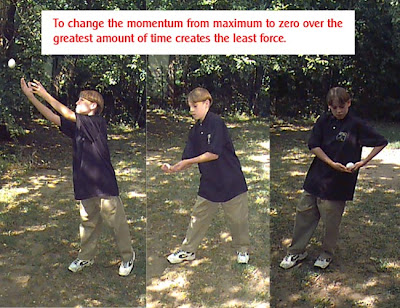
Celebrate the Tenth Annual Bridges Conference
BRIDGES DONOSTIA
Mathematics, Music, Art, Architecture, Culture
***************************************
****
http://www.bridgesmathart.org ****
***************************************
Bridges: Mathematical Connections in Art, Music, and Science
School of Architecture, The University of the Basque Country
San Sebastian (Donostia), Spain
July 24-27, 2007
The conference consists of a 4-day combination of Bridges Conference
activities (July 24, 26, and 27) and an excursion day to Bilbao (July
25). Please visit the Announcement page at the conference website for
a complete announcement.
THE CONFERENCE
The Bridges Conferences, running annually since 1998, bring together
practicing mathematicians, scientists, artists, educators, musicians,
writers, computer scientists, sculptors, dancers, weavers, model
builders in a lively atmosphere of exchange and mutual encouragement.
Important components of these conferences, in addition to formal
presentations, include hands-on workshops, gallery displays of visual
art, working sessions with artists who are crossing the
mathematics-arts boundaries, and musical/theatrical events in the
evening.
CALL FOR PAPERS
You are invited to submit either a short (two pages) or long (at most
eight pages) paper that presents new work within the scope of the
Bridges conference. Papers must be submitted as Microsoft Word or PDF
to papers@bridgesmathart.org. The deadline for paper submission is
Febrary 1, 2007. This deadline is firm! If electronic submission is
impossible, please contact Reza Sarhangi to make other arrangements.
Authors will be notified of acceptance on March 25, 2007, and final
papers will be due on April 23.
WORKSHOPS
There will be several teacher workshops for K-12 teachers and educators
at the 2007 Bridges Conference. If you are interested in making a
presentation in one of these workshops you need to submit either a
short (two page) or long (eight page) paper; The deadlines for
submissions of preliminary and final versions are the same as for the
contributed papers.
VISUAL ART EXHIBIT
At the conference, there will be an exhibition room for 2D and 3D
mathematical art, ranging from computer graphics to quilts to
geometrical sculptures. This art exhibit will be curated by Robert
Fathauer. All submitted artwork will undergo a refereeing process.
There is a limit of five submissions per artist. Images of accepted
artworks will also be published on the conference CD.
CONFERENCE REGISTRATION
There is a registration fee of US $180 that includes a copy of the
Proceedings. Extra proceedings will be available during the conference
with a price of US $50. There is a special discounted rate for
students, artists whose expenses are not otherwise supported, and K-12
teachers. Please visit the Registration page at the conference
website.
ACCOMMODATION AND FACILITIES
Participants have a choice of staying in the campus facilities
(comparable to a three star hotel and within walking distance of the
conference site) or staying in a nearby hotels (a list of hotels is
provided in the Accommodations section of the Bridges website).
MAILING LIST
You have received this message because you are subscribed to a mailing
list for Bridges-related announcements. If you would like to manage
your subscription, please visit the mailing list web page at
https://lists.uwaterloo.ca/mailman/listinfo/bridges.
Anyone interested in joining the list may send email to
bridges-join@lists.uwaterloo.ca.
OTHER INQUIRIES
For any other information not available on the web page please
contact: Reza Sarhangi, Department of Mathematics, Towson University,
8000 York Road, Towson, MD 21252, (410) 704-4922. rsarhangi@towson.edu.
 Also let us note that we can solve for any or all of the variables. This will give us four synonymous variations of the similar triangles relationship in terms of one variable – examples shown in the next slide:
Also let us note that we can solve for any or all of the variables. This will give us four synonymous variations of the similar triangles relationship in terms of one variable – examples shown in the next slide: Now let us look at the logical structure of the following comparison: Apples are to apple butter as peanuts are to peanut butter. Furthermore, let us also look at how we can map the latter statement into the similar triangles relationship.
Now let us look at the logical structure of the following comparison: Apples are to apple butter as peanuts are to peanut butter. Furthermore, let us also look at how we can map the latter statement into the similar triangles relationship. Now let us substitute the terms of our logical comparison into the all of the similar variations to create four similar triangles poems.
Now let us substitute the terms of our logical comparison into the all of the similar variations to create four similar triangles poems.  We now have four poems that are logically equivalent but syntactically different. Each poem says the same thing only with a different flavor much like playing a piece of music in four different keys.
We now have four poems that are logically equivalent but syntactically different. Each poem says the same thing only with a different flavor much like playing a piece of music in four different keys. 















































